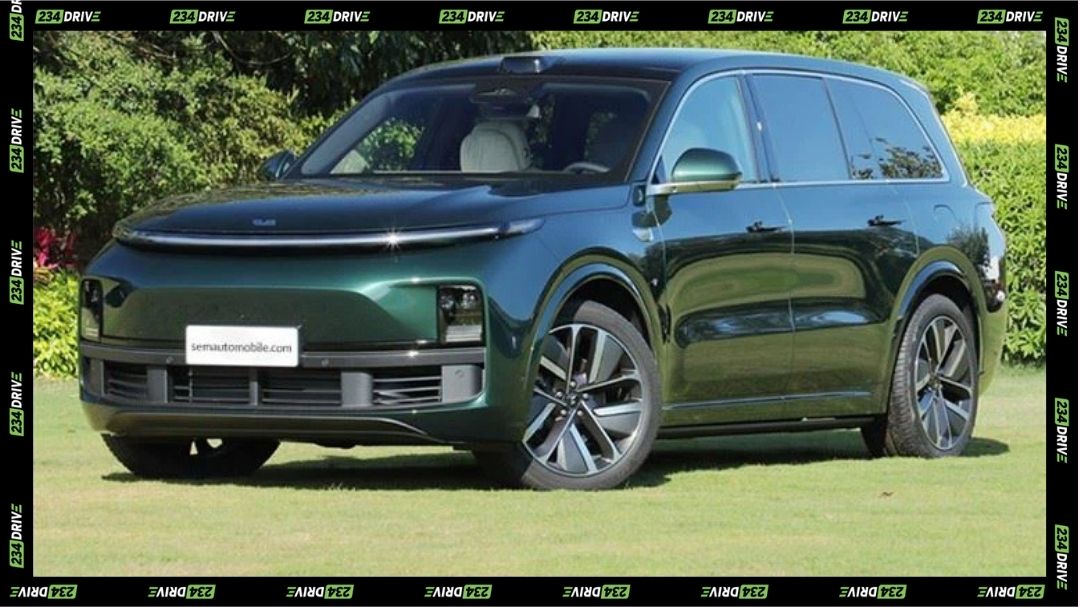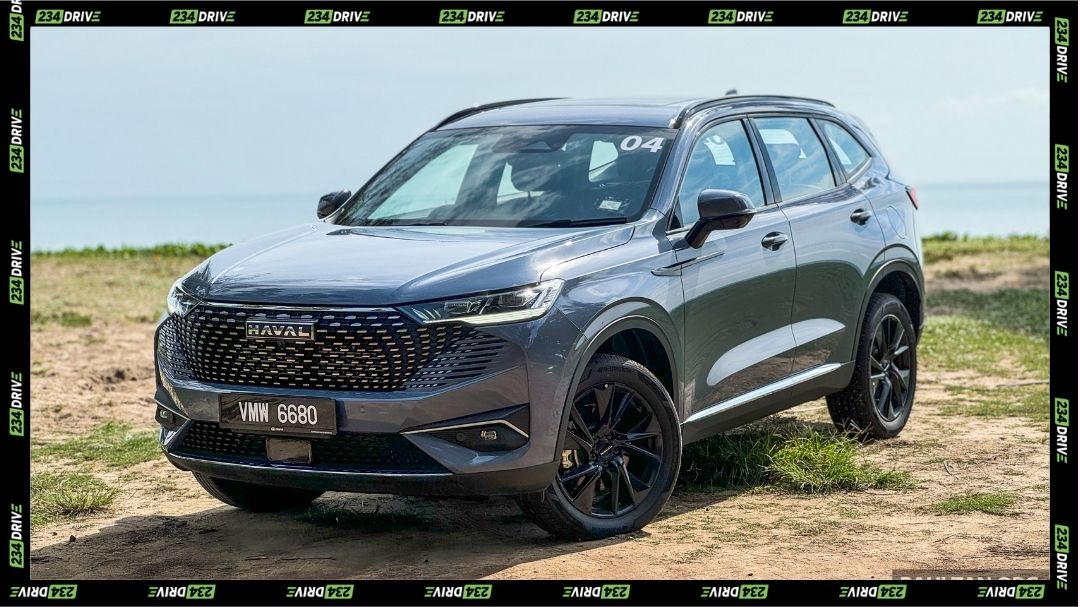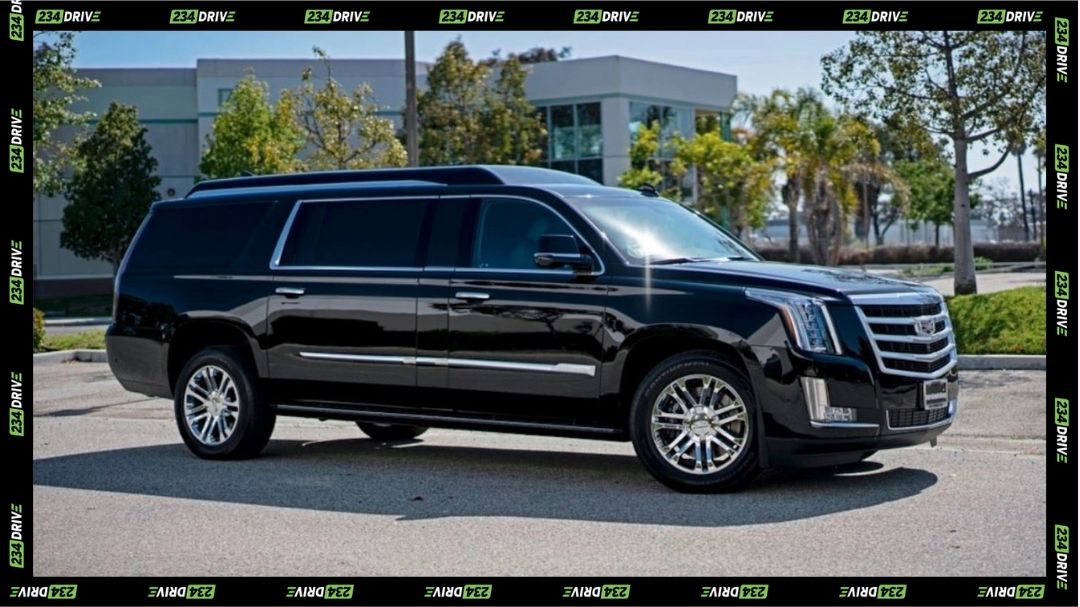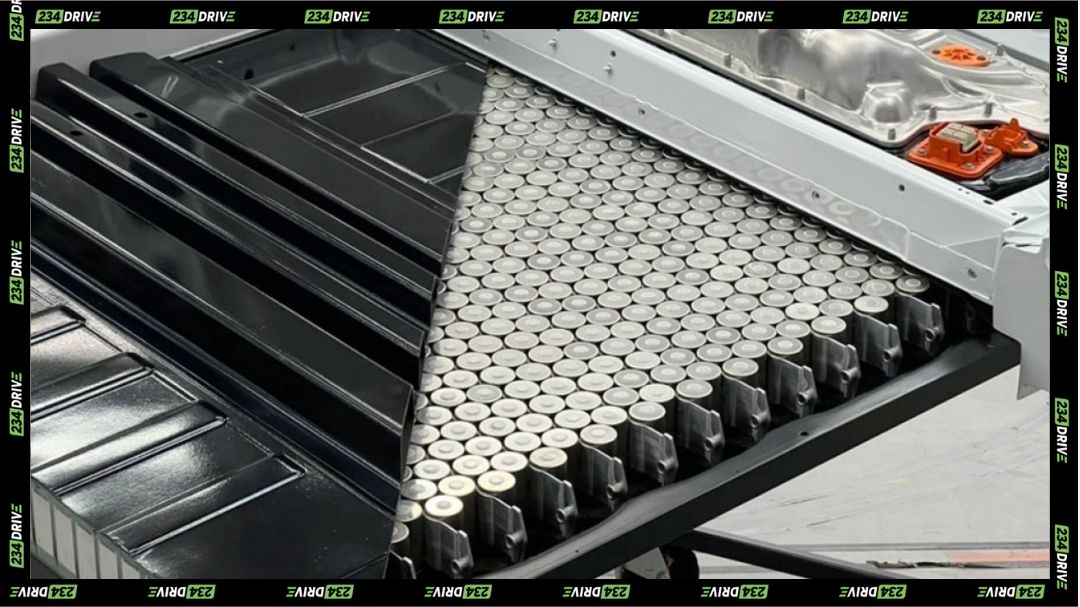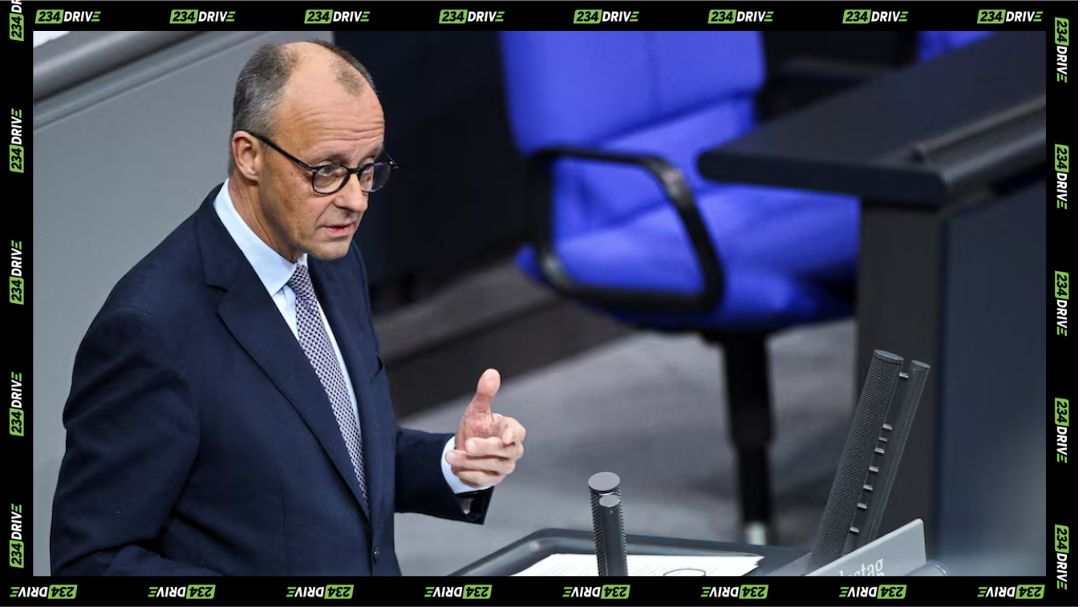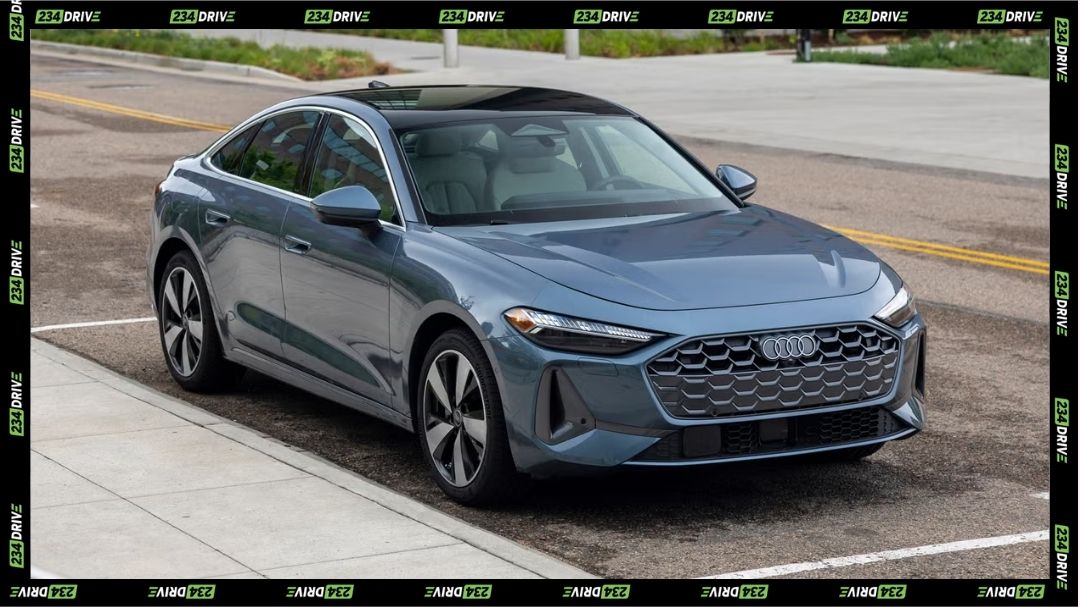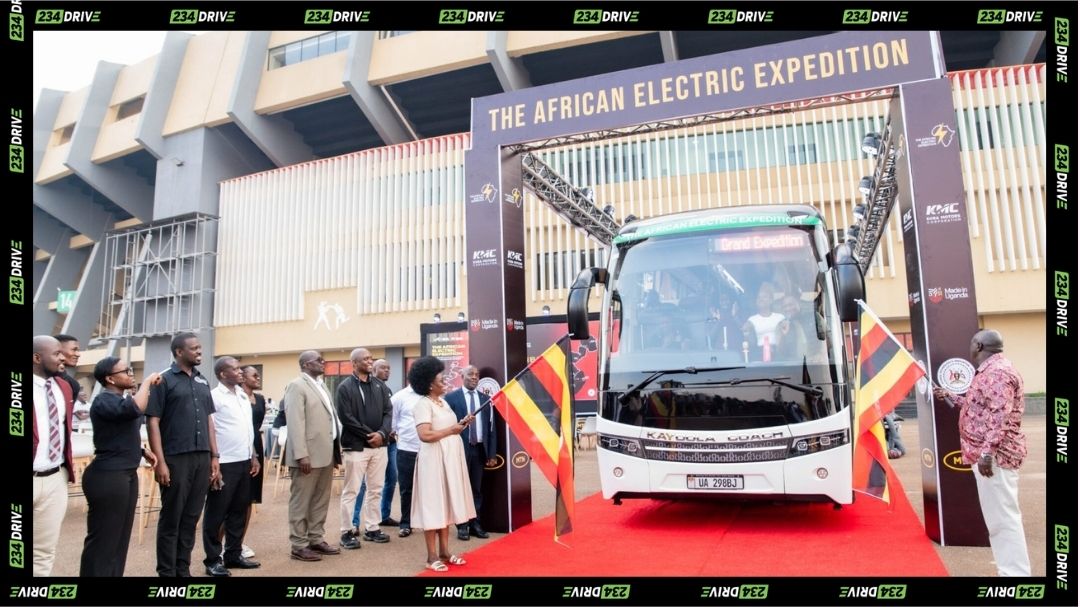Mercedes-Benz has once again redefined the concept of sustainable luxury with the unveiling of the Vision Iconic Concept, a show-stopping fusion of 1930s-inspired elegance and cutting-edge electric innovation. Officially revealed on 14th October, 2025, in Shanghai, this masterpiece stands as a statement of intent—a glimpse into the future of autonomous, solar-powered mobility. While South African coverage emerged later in the month, the concept has quickly become a talking point for its striking design, forward-thinking technology, and relevance to energy-conscious markets.
The Vision Iconic embodies Mercedes’ bold shift toward sustainable luxury, merging heritage and futurism in a single sculpted form. Its elongated silhouette, glossy jet-black finish, and illuminated chrome lattice grille evoke the grandeur of Art Deco automobiles from the 1930s, but with a modern twist—an invisible layer of photovoltaic solar paint that quietly generates electricity from sunlight. Capable of achieving up to 20% energy conversion efficiency, this coating can add between 12,000 and 20,000 kilometres of annual range, depending on climate. The concept’s solar recharging potential even when parked makes it particularly relevant for regions like South Africa, where load-shedding has driven growing interest in energy-independent mobility solutions.
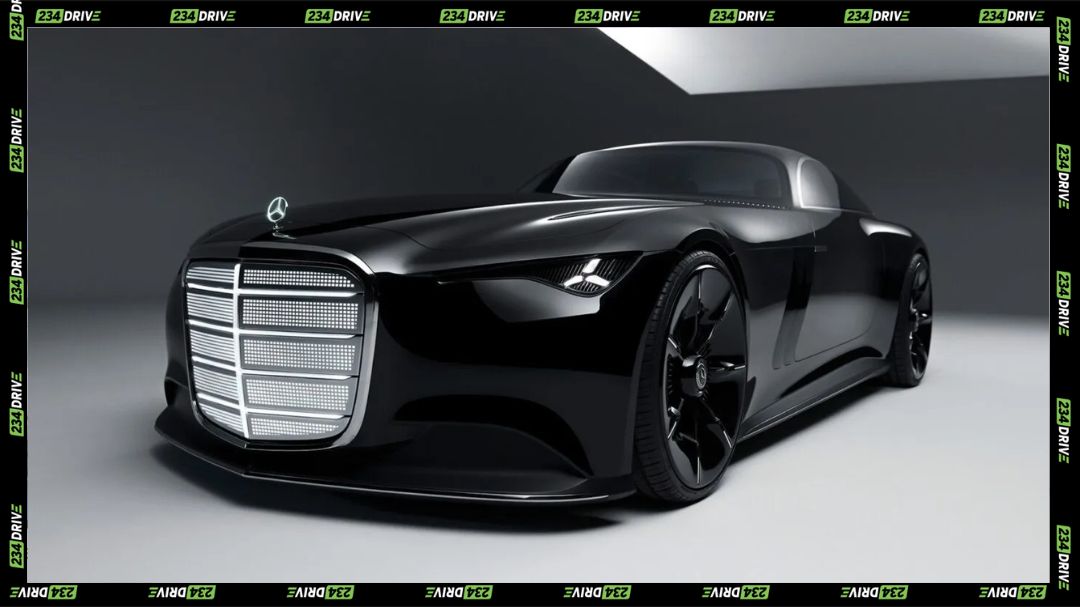
Inside, the Vision Iconic transforms into a sanctuary of opulent craftsmanship. Blue velvet seating, brass accents, and mother-of-pearl inlays nod to vintage Mercedes cabins, while the futuristic “Zeppelin” glass display seamlessly blends analogue and digital elements. The interior is designed as a space to unwind—a lounge on wheels that epitomises the brand’s evolution from driver-focused engineering to passenger-centric luxury. As Level 4 autonomy becomes feasible, the vehicle allows near-total hands-free operation, self-parking, and adaptive navigation using neuromorphic computing inspired by brain-like efficiency. This system reportedly cuts energy use by up to 90%, showcasing Mercedes’ commitment to intelligent sustainability.
In the South African context, this innovation resonates deeply. Publications like GQ South Africa have framed the Vision Iconic as a potential game-changer for the country’s affluent buyers, who face the dual challenge of maintaining luxury lifestyles amidst power instability. With rooftop solar installations surpassing 7.3 GW nationwide, the timing couldn’t be more relevant—a solar-charging vehicle fits neatly into the nation’s renewable energy narrative. This comes as Mercedes strengthens its EV presence locally, following the EQV MPV launch priced from R2.3 million, signaling increasing confidence in South Africa’s growing EV ecosystem.
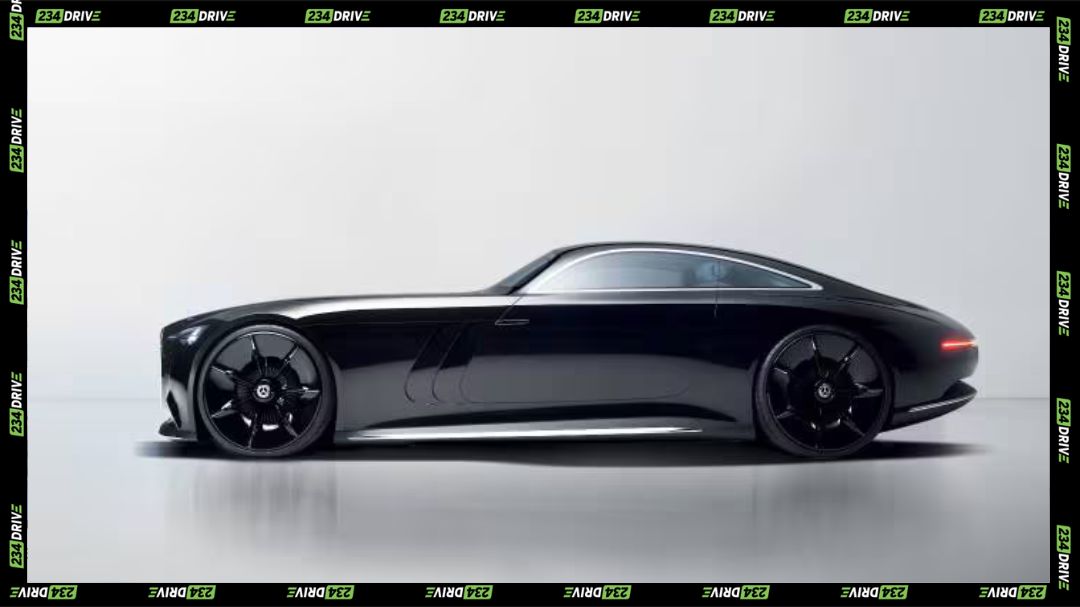
While Mercedes has not announced any 2026 South African launch for the Vision Iconic, the model serves as a blueprint for the brand’s future direction. Its technology is expected to trickle down to production vehicles—possibly influencing a future S-Class or 2027 coupe variant. Beyond design and innovation, the concept highlights Mercedes’ strategic pivot toward energy independence and sustainable luxury, aligning with global electrification trends. As nations accelerate renewable investments—from Germany to emerging markets like Nigeria and Vietnam—the Vision Iconic underscores that luxury and responsibility can coexist.
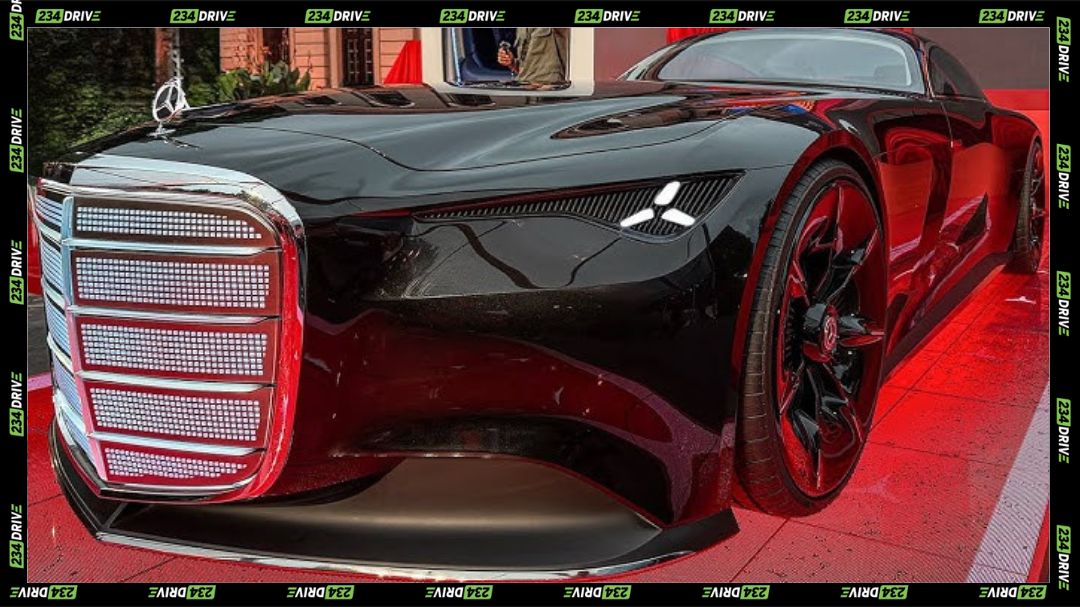
Ultimately, the Vision Iconic isn’t just a showcar; it’s a statement of evolution. By blending history, artistry, and autonomy, Mercedes-Benz is signaling a future where vehicles not only move us but sustain us—both emotionally and environmentally. The question now isn’t whether solar-integrated EVs will arrive, but how quickly they can redefine mobility in an age where the line between sustainability and sophistication continues to blur.


